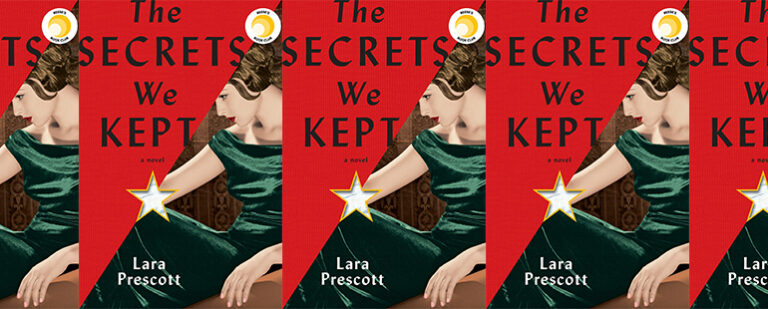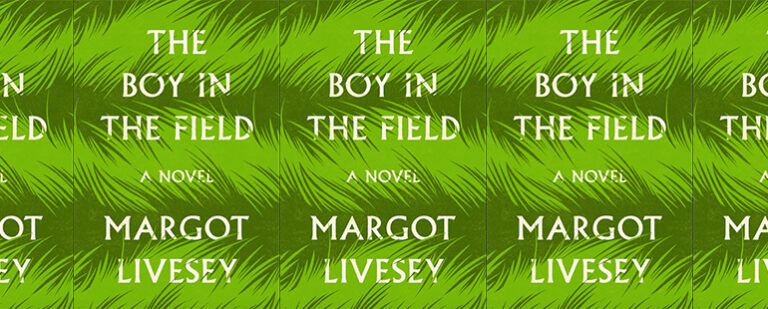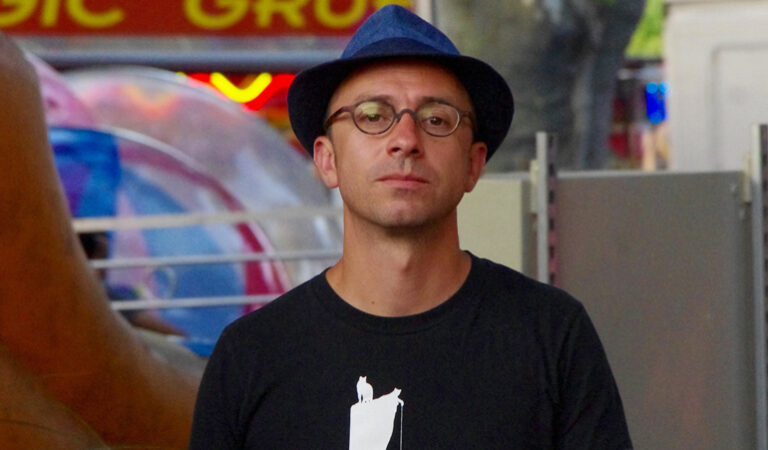FLOUNDERS: an interview with Shira Dentz
Shira Dentz is the author of three books, black seeds on a white dish, door of thin skins, and how do i net thee (forthcoming), and two chapbooks, Leaf Weather and FLOUNDERS, newly available from Essay Press. Dentz is the recipient of an Academy of American Poets’ Prize, the Poetry Society of America’s Lyric Poem and Cecil Hemley Memorial Awards, Electronic Poetry Review’s Discovery Award, and Painted Bride Quarterly’s Poetry Prize. She was Drunken Boat’s Reviews Editor from 2011-2016 and now is Special Features Editor for Tarpaulin Sky and also curates Tarpaulin Sky’s blog feature, “What I’m Reading Now…,” and teaches creative writing at Rensselaer Polytechnic Institute in Troy, New York. I interviewed her about her latest chapbook of poetry, FLOUNDERS.
Koh Xin Tian: Journaling, poetry, prose, and the intersection of different registers and styles of text come together in the form of your poetry chapbook FLOUNDERS. In the introduction, you write: “I want the texture of this work to be soft like wax, melting in places though not evaporating, some spots more hardened than others. The text throughout this chapbook shifts between fragments, sentences, poetry, prose, visual elements, objective/subjective content, up-close and distant perspectives.” As a graphic designer and writer, does the macro come before the micro or vice versa for you when you are picturing a completed product?
Shira Dentz: Ah, unfortunately (or fortunately?!), you’re asking me a question about a position in my creative process that is still see-sawing, independent of anything I can do to steady the balance. I think the micro comes first most often. Even when I used to draw charcoal drawings, I’d start with details/feelings/impressions here and there and build the complete picture through these layers. It would be hard to have faith that a complete picture would happen, but this was my process. I hated plotting things out; I wanted my picture to evolve organically through a concentrated attention with all my faculties/senses in the moment.
This is often my approach to writing, too, though not always. When I write longer narrative works, I do need to map them out to some extent for them to be workable. The challenge with concrete poems is that one is working simultaneously with the micro and the macro. I do think that I should consider the macro more often when I’m beginning a new manuscript, for a number of reasons, including that homogeneity and uniformity are prized in our contemporary reading/publishing world (though less so in experimental fiction), and these aesthetic practices are hard to achieve when the micro comes before the macro.
I know many writers who have issues surrounding the “completed product.” Unless one has a plan before one starts a shorter or a larger work, how can one picture it before one arrives at an end? I have always tried to play with form, even when I worked as a graphic designer. I worked primarily in the music industry, so I was allowed to be inventive. Recognizable forms are a language—commercial graphic arts communicate through this familiar language—and they also reinforce values connected with the social/political status quo. My attention to the micro, first, may be unavoidable given my impulse to play with form.
KXT: How did the chapbook FLOUNDERS come together, in terms of durations of time dedicated to each step of the process, arrangement, and editing?
SD: Quite a few years. It’s an excerpt from a longer work. I didn’t know how long this work would become (in keeping with my answer to your first question! :), and I began submitting part of it as a chapbook about two years ago. At that time, the eponymous piece, “Flounders,” wasn’t part of the chapbook–it was a stand-alone piece. This chapbook was chosen as a finalist in a few contests, and as I continued working on this project, it became too long to be a chapbook and I started submitting this work as a full-length manuscript, and, as such, it was a finalist in Essay Press’s book contest.
While my manuscript wasn’t chosen as the contest winner, editors at Essay Press asked me if I had a chapbook. This is when I decided to include “Flounders,” and to give the chapbook this title. Within about six months, editors at Essay had read what I sent them and had a few re-ordering suggestions that I thought were great. They were concerned about some of the formal inconsistencies in the work, that readers would be jarred, and suggested that I write an introduction in which I help readers understand how to read this work. I thought this was a great idea too. So, it’s a chapbook that grew out of and is excerpted from at least five years of working on a specific project, and its initial arrangement happened pretty quickly because I had shaped chapbooks before from this work-in-progress, and then with the amazing, professional, and richly insightful editors at Essay Press, FLOUNDERS came together in less than a year’s time.
KXT: More than many chapbooks of poetry, much of FLOUNDERS holds a dialogue among associative and juxtaposed images and thoughts, chronological narration, the narrator’s self-questioning, and found text arranged in different fonts, angles, and moving in different directions on the page. What is the process of putting a chapbook like this together for you, and do you have your works speak to particular pieces of visual art or the oeuvres of visual artists?
SD: Since the micro often comes before the macro for me when picturing a completed product, I didn’t pre-plan the formal movement during my writing process. When I wrote my previously published book, door of thin skins, I did often consider formal movement from one-to-the next while I began composing and revising sections. This book is a narrative, however, in hybrid form. I don’t have a rational system of how I arranged FLOUNDERS, formally, but am guided by a pre-verbal sense, which is the visual language.
This morning I happened across an interview with Don DeLillo in the Chicago Tribune in 2012 in which he said, “I like to match words not only in a way that convey a meaning, possibly an indirect meaning, but even at times words that have a kind of visual correspondence… There are times when you might have an adjective and a noun that have letters that create a kind of abstract correspondence, just in terms of the letter shapes. I know this sounds a little strange, but it happens to be the case. I lived in Greece for a time, and there I was, a grown man learning the alphabet — the Greek alphabet — and I began to understand that the alphabet, if you look at it with fresh eyes, is actually a work of art. It’s a series of abstract shapes that convey a certain feeling that you may get looking at, say, paintings at a museum.”
It’s kind of funny that I read this right before coming to this interview (I was researching how to contact DeLillo; he’s not email accessible), but I think it fits here. I haven’t had my work speak yet to any particular pieces of visual art or oeuvres of visual artists, as so far my work has not been prompted by an ekphrastic impulse.
KXT: Both fonts and arrangements of regular and irregular lines demarcate the chapbook as well—how do you approach these visual aspects of the poetry and pick, say, one kind of font or one kind of line over another?
SD: Through trial and error, really. The visual space on a page is part of my medium; the visual is an intrinsic element of written language. It’s an element with which to equivocate, to “measure,” in song and meaning. I like to become conscious of as many aspects of my medium as possible so that I can attend and work with them in concert in my pursuit as a poet.
Of course, I’m working within a lineage of poets who bring the visual element to the fore in their writing, including a feminist poetics that is also a poetics of identity politics; aspects of an artistic composition typically relegated to the background are no longer “invisible.” An outstanding contemporary example of this sort of materiality are the artifacts of Emily Dickinson’s poetry.
KXT: What’s next for you? What are you currently working on?
SD: I am putting the finishing touches on the longer work, Sisyphusina, from which FLOUNDERS is excerpted, so am attending to its macro level. I am working more with visual art as an element in this manuscript than in my previous ones, and challenging myself to reconnect with my earlier aptitude as a visual/fine artist. I have also nascently begun on a new project centered on social mythologies of family.
Also, last year I collaborated on a few multi-media pieces, and I am hoping to have time to continue collaborating with video and sound artists. Teaching at Rensselaer Polytechnic Institute exposes me to all sorts of new technologies, and given my continued interest in the consistency of my medium (language), exploring how to synthesize new technologies with poetry has the added allure of opening my eyes to aspects of my medium that I hadn’t noticed before.
FLOUNDERS can be read in full at Essay Press’ website.


